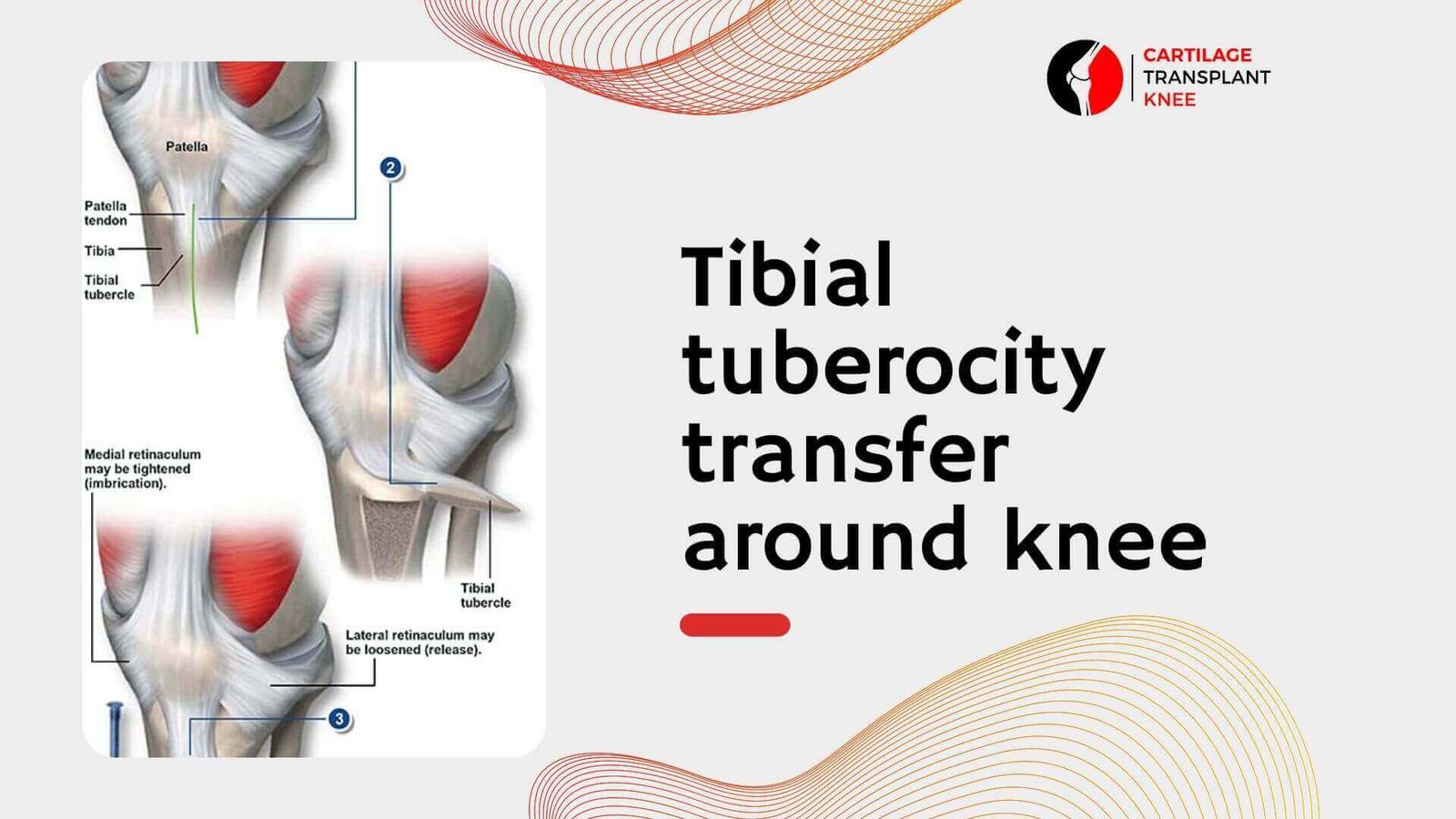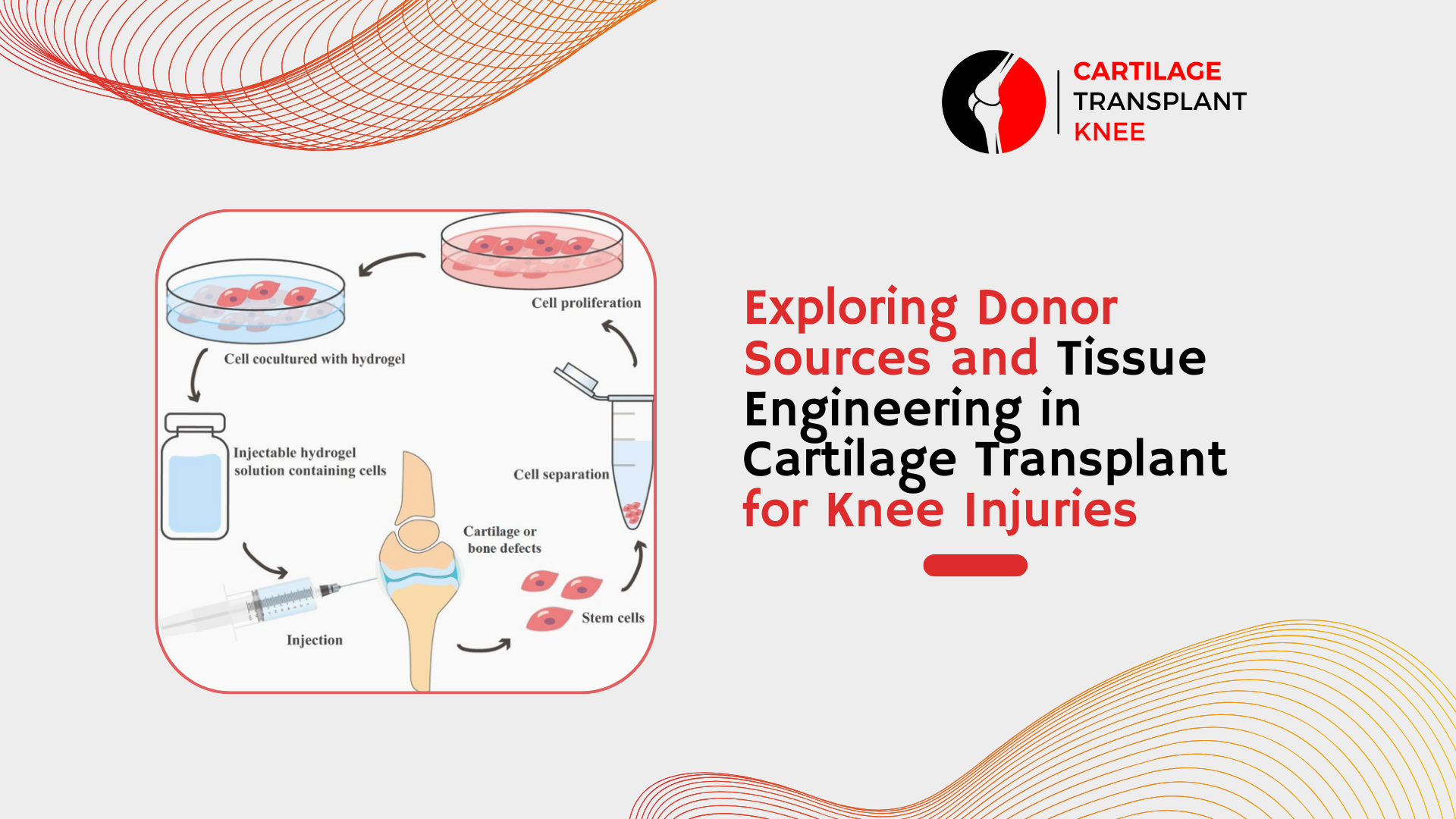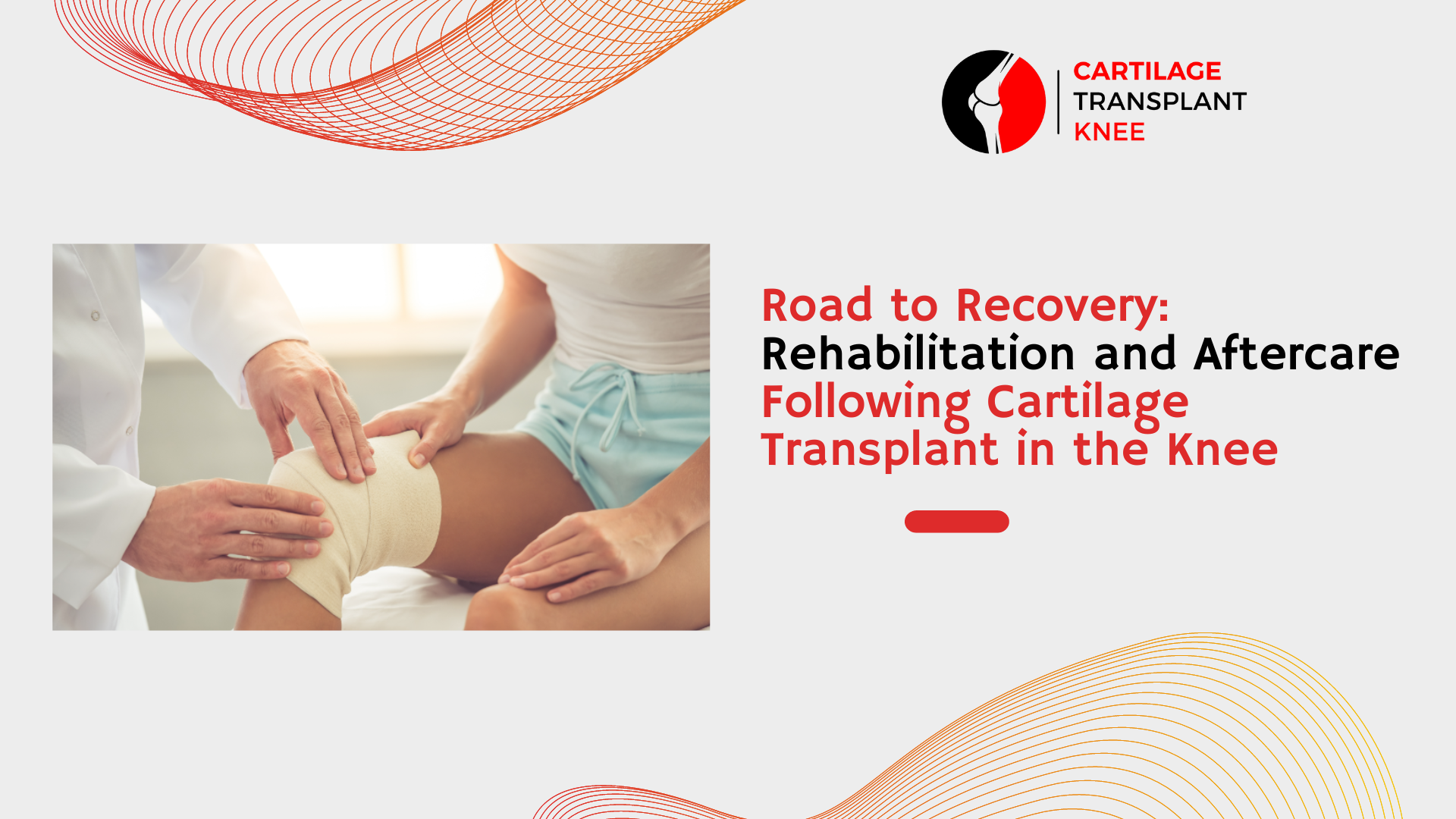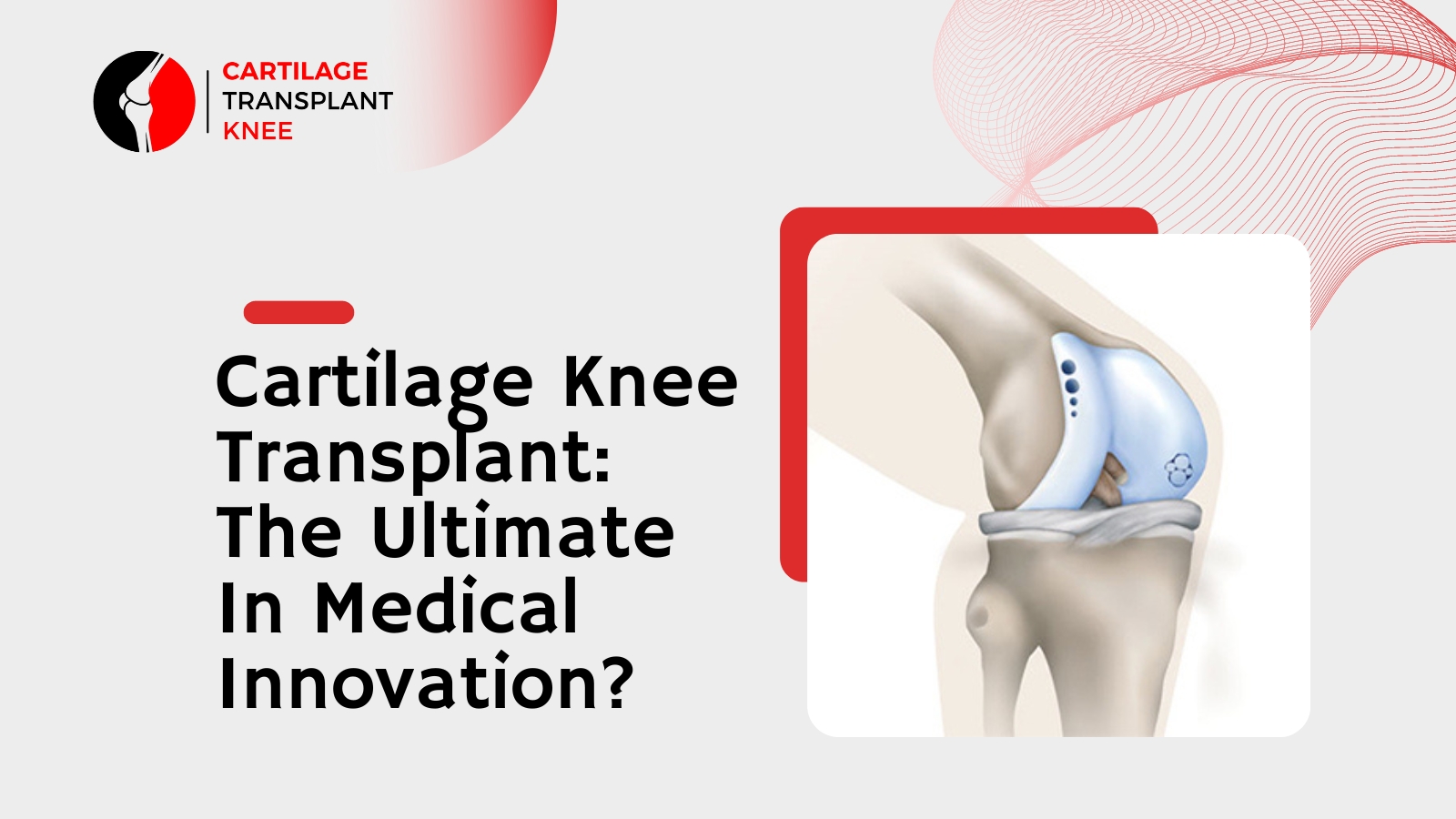Tibial tubercle transfer, also known as tibial tuberosity osteotomy, is a surgical procedure that is used to treat patellar instability and pain caused by abnormalities in the alignment of the patella (kneecap). The procedure involves moving the attachment point of the patellar tendon on the tibia bone to a different location in order to improve the alignment and stability of the patella.
Patellar instability is a common condition that occurs when the patella does not track smoothly along the femoral groove in the thigh bone. This can result in the patella slipping out of place or dislocating, causing pain, swelling, and instability in the knee joint. In some cases, patellar instability can be caused by an abnormal alignment of the tibia bone, which can be corrected with a tibial tubercle transfer.
During the procedure, the surgeon makes an incision in the front of the knee and carefully detaches the patellar tendon from its attachment point on the tibia bone. The surgeon then moves the attachment point to a new location on the tibia, using metal screws to secure the tendon in place. The new location is typically further medial or lateral than the original attachment point, depending on the specific abnormalities in the alignment of the knee.
After the surgery, the patient is placed in a knee immobilizer and may be required to use crutches for a period of time. Physical therapy is also typically prescribed to help restore range of motion and strengthen the knee. Full recovery from a tibial tubercle transfer can take several months, and patients may need to avoid certain activities, such as running and jumping, for a period of time.
Tibial tubercle transfer is a highly effective procedure for treating patellar instability caused by abnormalities in the alignment of the knee. The procedure can significantly reduce pain and improve knee function, allowing patients to return to their normal activities with greater comfort and mobility. However, as with any surgical procedure, there are risks involved, including infection, bleeding, and nerve damage.
If you are experiencing knee pain or instability, it is important to consult with an orthopedic specialist to determine the best course of treatment for your individual needs. A tibial tubercle transfer may be recommended if other conservative treatments, such as physical therapy and bracing, have failed to provide relief.









